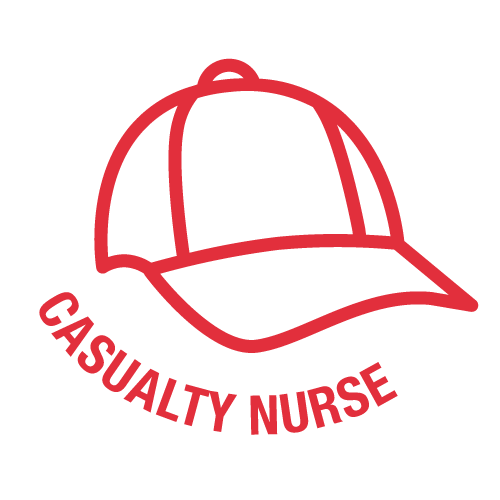Best Practice Guidelines: Hospital Patient Administration
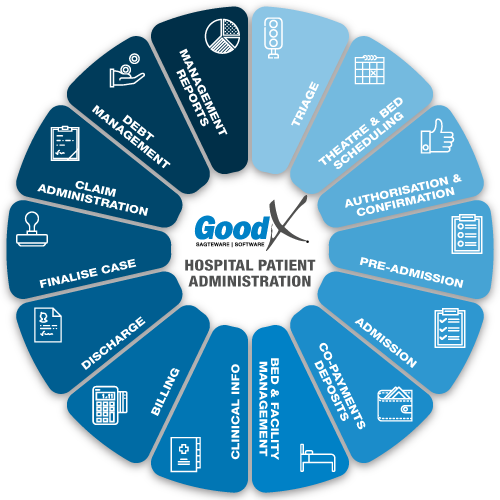
Copyright © 2019 GoodX Software. All rights reserved.
GoodX online Learning Centre
learning.goodx.co.za
3. Triage
Responsible Roles
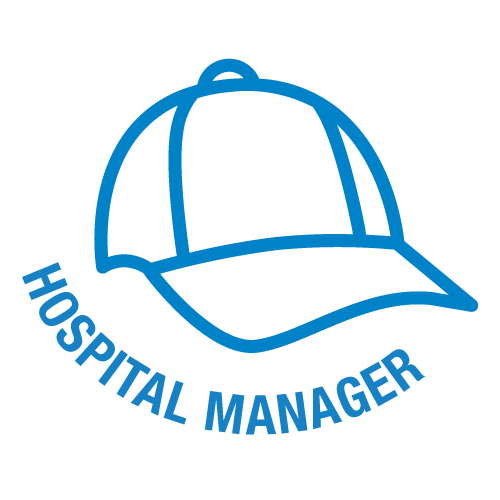 |
Ensure the Casualty Manager have all the resources to manage the casualty department. |
|---|---|
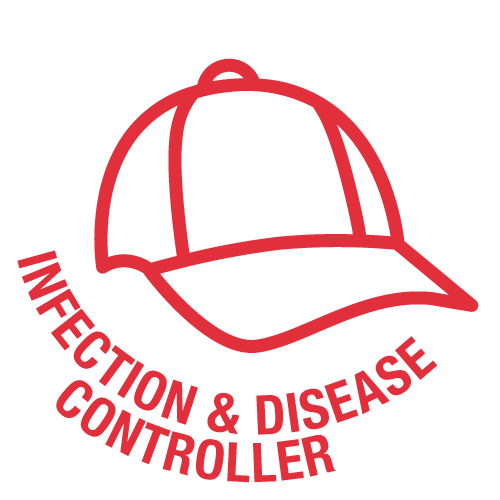 |
Check the emergency unit on a daily basis to ensure the correct procedures are used and followed at all times. Check the statistics to indicate any outbreaks or infections warning signs. |
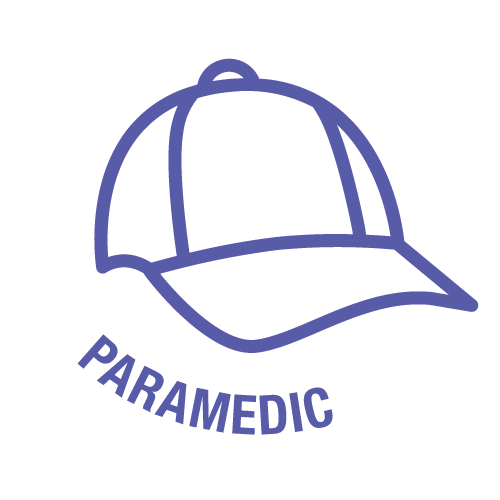 |
The Paramedic will normally be the first person to treat or stabilise the patient. The Paramedic can bring the patient to the emergency unit. Give all the information about the patient to the casualty nurse or practitioner on duty, with any medication that was given to the patient or procedures that were performed on the patient at the scene or on the way to the emergency unit. Get as much demographic detail on the patient. Sent all information to the billing expert of the paramedic practice. |
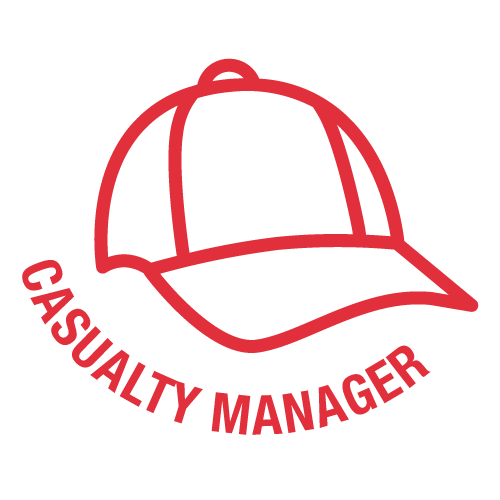 |
Ensure enough staff member in the busy times of the casualty unit. Ensure qualified personnel in the casualty unit that can work under high pressure. Check the stock levels to ensure enough emergency stock at all times. Check the working procedures that are in place to run the casualty unit smoothly and are still efficient. Assist any persons in the casualty department. Sort out all patients or employees complaints. Ensure the correct personnel have access to the emergency stock and have keys to the drug cabinets. Check the drugs on a daily basis. Ensure any loss are reported and investigated immediately. |
|
|
Take the patient vitals. Check wich priority the patient must be in with the symptoms the patient is experienced. The Casualty nurse must know the symptoms for each priority. Ensure the patients with danger signs are treated in the correct sequence. Check all the patient's vitals. Assist the Emergency practitioner with the equipment and medication or material the practitioner will need. Treat the patients. Indicate all the material or medicine that were used on the patient for stock and billing purposes. Get any medical history, allergies, chronic medication or any medication the patient is using that can assist in treating the patient correctly. |
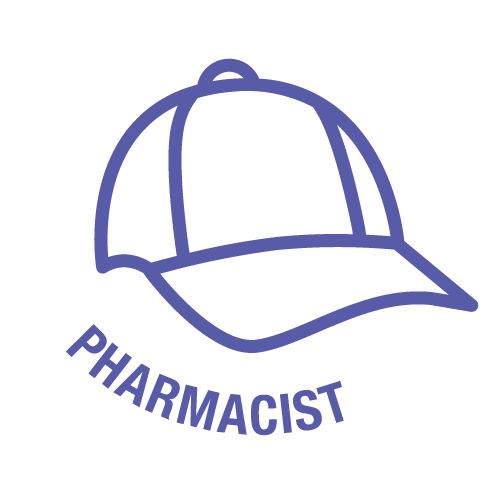 |
The pharmacist must make sure there is enough emergency stock in the emergency unit. The pharmacist is normally on-call after hours or the hospital will have a pharmacist available on site 24 hours to assist in the correct medication that must be taken home or be administrated to the patient. Ensure all items are indicated in the patient files. |
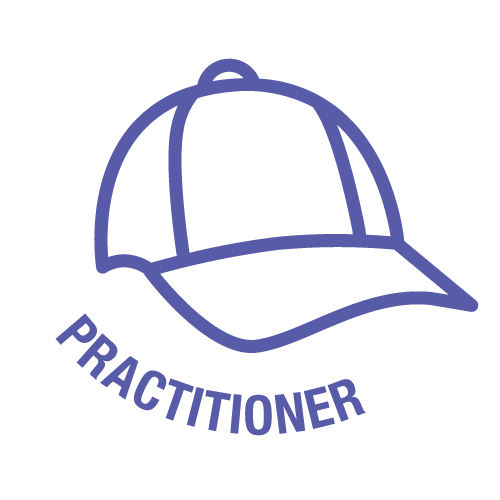 |
The practitioner will treat the patients and give the correct steps that must be followed to the casualty nurse that assists the practitioner. Ensure the patient is out of any danger signs. Admit the patient into the hospital or discharge the patient if the patient is stable. If the patient is discharged write the patient a script for any medication that must be taken. Treat the patient according to the urgency the casualty nurse have divided the patients. Indicate all the material or medicine that were used on the patient for stock and billing purposes. Know about patient allergy while treating the patient. |
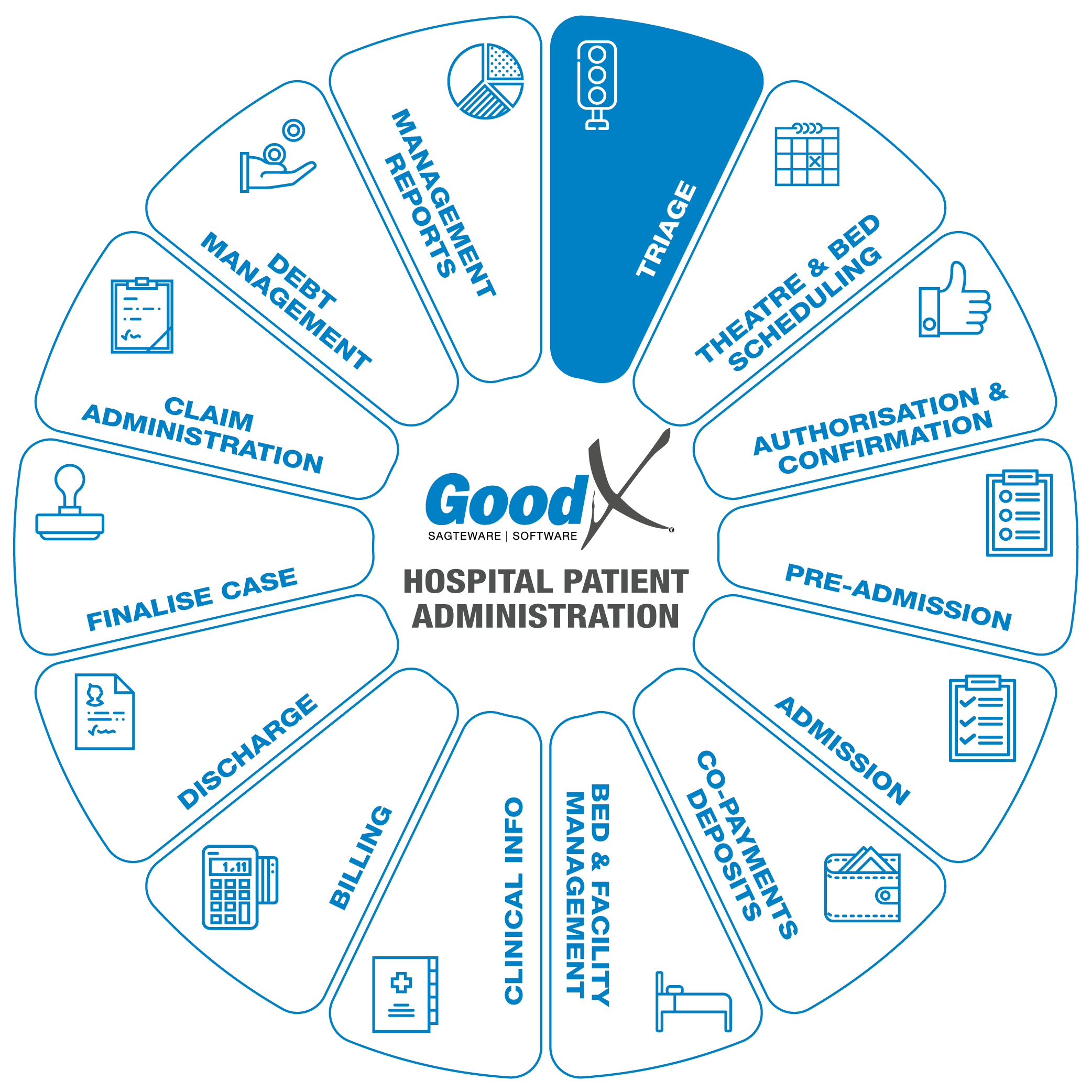 Purpose of Triage
Purpose of Triage
A Triage is never first come first serve. The priority and severeness of the patient symptoms will determine how long the patient needs to wait and the sequence of the treatment. Triage is the emergency department of a hospital where the patient gets treated for emergencies that can not wait until the general practitioner's office opens.
Critical Steps of Triage
Note: References to a hospital in this book includes acutes, sub-acutes, day hospitals, rehab centres etc.
Triage is part of the emergency department in the hospital. The system can be used to indicate the urgency of the patient that comes into the hospital. Assist in treating the patient in the correct order according to green, yellow, and red for example. Using a triage system to assist the hospital will provide the following management information and ability:
- How many patients the hospital can manage
- How many personnel the hospital must employ
- How active and productive the emergency department of the hospital is
- Time management
- Stock management
- Financial management
A worklist can be set up with stages and types to assist in treating the patient accordingly.
The Waiting room can be used to see if all the patients have arrived at the hospital, even though they have not yet been placed in a bed or room or a patient that is waiting for a medical practitioner.
The patients with the same urgency will be sack under each other according to the arrival time.
The statuses can be set up for example:
- Green - Patient that vitals are normal and out of danger.
- Yellow/Orange - Vitals are high or low but the patient is still stable and no life-threating signs
- Red - Vitals are too high or too low and the patient is in danger of dying. The patient has life-treating sings. For example, excess bleeding, can not breathe or hart stroke signs.
The practitioner will know according to the colours of the files the patients that have life treating signs and must be treated first and immediately. Always work fast and accurate in the emergency unit. Follow all procedures that were implemented from management.
Statistics can assist in the overall waiting time for patients in emergency departments. The statistics call to assist in indicating any performance issues and assist in investigating the issues.
Personnel activities
The electronic diary can be used to manage personnel time, to manage when to appoint locums to assist in the hospital and to know when one of the medical practitioners are on holiday or at a conference and are not available.
